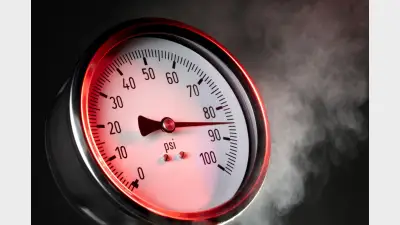Aussie resources firms to benefit from commodity prices



Although external factors may cause a first rate rise in Australia before August, 2022, the current geopolitical tensions position Australian resources companies well to benefit from elevated commodity prices, according to VanEck.
The company’s portfolio manager, Cameron McCormack, stressed that Australia was a major exporter of liquefied natural gas (LNG) and iron ore prices also reached a six-month high, helped by growing hopes of improved demand in China with National People’s Congress (NPC) setting a 5.5% gross domestic product (GDP) growth target for 2022.
These higher prices would then equate to stronger earnings for resources companies.
At the same time, he said, the US CPI, which reached a 7.9% annual rate, could potentially pass 9% in the following months as it had to yet fully account for the spike in global commodity prices and the broader implications of wide reaching sanctions against Russia.
“Stagflation is now a possibility – rising costs against stagnant economic growth. Investors need to prepare for this scenario.
“With oil briefly passing US$125 a barrel this week for the first time since 2008 and UK gas price futures jumping 39% since Russia invaded Ukraine, we may see global economic growth slow to a crawl in the coming year as the prices of commodities and other basic goods climbs in response to stronger demand and supply constraints,” McCormack said.
Recommended for you
Natixis Investment Managers has hired a distribution director to specifically focus on the firm’s work with research firms and consultants.
The use of total portfolio approaches by asset allocators is putting pressure on fund managers with outperformance being “no longer sufficient” when it comes to fund development.
With evergreen funds being used by financial advisers for their liquidity benefits, Harbourvest is forecasting they are set to grow by around 20 per cent a year to surpass US$1 trillion by 2029.
Total monthly ETF inflows declined by 28 per cent from highs in November with Vanguard’s $21bn Australian Shares ETF faring worst in outflows.











